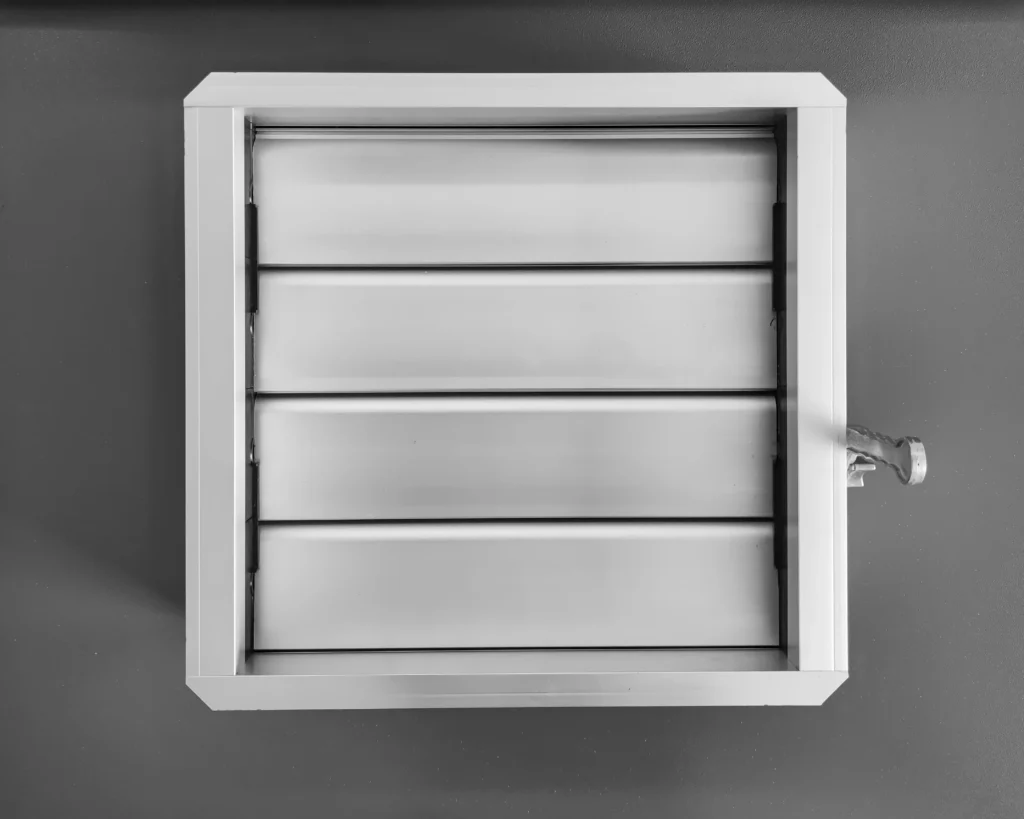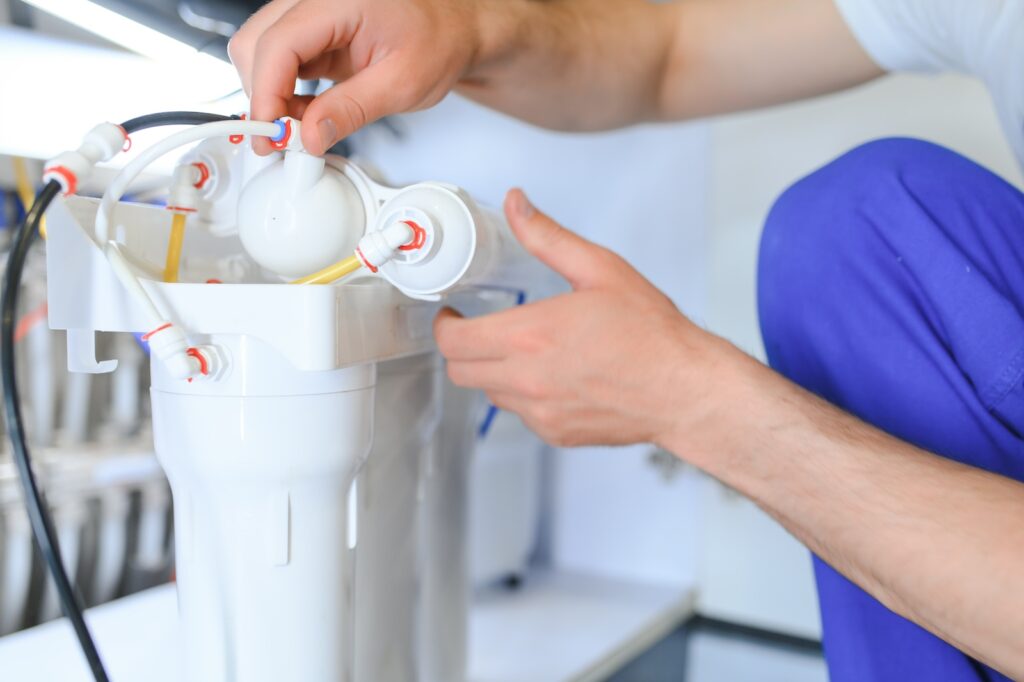
Blog
Glossary of Heating Terms

AFUE, BTU, BTUh, CAE and CFM. What do all of these assortment of letters have in common?
When unscrambled and explained, these letters represent terms and measurements for heaters and heating units. Instead of trying to unscramble this alphabet soup yourself, use our handy heating term glossary. These terms and definitions will help you select efficient units, explain where your unit might need repair or a tune-up and make some sense out of the letters and abbreviations that come with understanding your heating unit.
A - F
AFUE , Annualized Fuel Utilization Efficiency is the measure of a furnace's heating efficiency. The amount of natural gas or propane a furnace uses to heat a home versus how much is wasted is calculated to determine your AFUE.
BTU , The British Thermal Unit is the measurement of heat energy. One BTU is the amount of heat required to raise the temperature of one pound of water one degree.
Carbon Monoxide , Hopefully by now this term is known and understood by all homeowners. Carbon Monoxide is an odorless, colorless, poisonous gas produced when carbon burns with insufficient air. Carbon monoxide is very dangerous; every home should have a detector. Find out more here.
CAE , Combined annual efficiency is the measure of the amount of heat produced per dollar of fuel consumed.
CFM , The cubic feet per minute measures how many cubic feet of air pass by one point in a minute. The higher the number, the more air is being moved through the ductwork.
DOE , Department of Energy. Most people are familiar with this one, but in case you didn't know, this is the federal agency responsible for standards of energy consumption.
Energy Star , This designation of the Energy Protection Agency recognizes products that meet or exceed federal guidelines for energy-efficient performance.
EPA - The United States Environmental Protection Agency protects human health and the environment by writing and enforcing regulations based on laws passed by Congress.
Flue - The flue is the structure through which heated air, or combustion air, moves before they are released from indoors to outdoors.
G - J
Heating Coil , The heating coil is the part of the system that conducts heat and creates electricity that acts as fire.
Heat Exchanger , The furnace heat exchanger is responsible for the transfer of heat from inside to the air outside the furnace. Once out, the duct system transfers the air to other rooms.
Heat Pump , A heat pump heats or cools an area by moving the heat. In the winter a heat pump draws warm air inside then circulates it through air ducts. In the summer, the heat pumps pulls warm air out of the home and releases it outside.
HEPA , High Efficiency Particulate Arrestance is a type of air filter, good for increased efficiency.
HERS , The Home Energy Rating System is an energy rating program used to measure a homes' energy quality. This rating system is typically used by homeowners, mortgage lenders and builders to measure energy losing deficiencies.
HSPF , Heating Seasonal Performance Factor is the efficiency rating for heat pumps. The higher the rating, the more efficient the pump.
IAQ , Indoor Air Quality refers to the amount of pollution in the air within a building.
K - Z
MERV Rating , Minimum Efficiency Reporting Value describes the size of the holes in the filter that allow air to pass through. High MERV means the smaller the holes in the filter and the higher the efficiency.
R-Value , The R-value is the capacity of insulating material to resist heat flow. High R-value means greater insulating power.
SEER , Seasonal Energy Efficiency Raito is the energy efficiency rating used by HVAC professionals in order to rate the efficiency of a system.
Therm , A unit of heat equal to 100,000 BTU's.
Variable Speed Motor , A system that offers two-stage operations with a range of speeds to precisely control the distribution of warm and cool air through the home.
There you have it, our glossary for heating terms. Hopefully, this helps you navigate the sea of alphabet soup that comes with energy terms and measurement acronyms. If you want to learn more about your equipment or any problems you have been experiencing, please contact our certified technicians.
Looking for local hvac services contact Chapman Heating, Air Conditioning, and Plumbing, today










